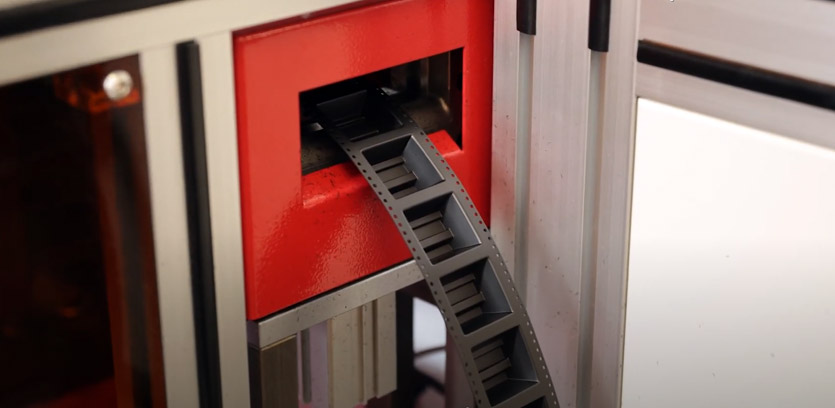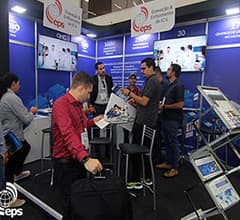Home > News & Blog > Top 10 FAQs Answered
Unraveling the Significance of Carrier tape in the Electronics Industry: Top 10 FAQs Answered

Carrier tape holds a significant position in the electronics industry, playing a key role in the packaging, protection, and transportation of valuable components.
Widely utilized across various industries, it provides a number of advantages that optimize production processes and boost efficiency when compared to storing components in tray, tubes or in bulk. Owing to its capacity to safely secure and shield electronic components, carrier tape is integral to the manufacturing and assembly of diverse devices from electronic to electromechanical components.
This article presents the top 10 frequently asked questions about carrier tape and its applications in the electronics industry worldwide.
1. What is carrier tape?
Carrier tape has several critical functions:
- To ensure the safety of these components during transportation and storge, preventing damage or loss;
- Delivery of the components to their point of use on the OEM or Contract Manufacturer's assembly line in suitable packaging (on reels) means the components can be automatically and efficiently picked up by the pick & place handler during the SMT process;
- Pick-up from a tape feeder is much faster than pick-up from trays or tubes; and
- A reel holds a larger quantity of components than a tray and takes up less space on the space-constrained line (space costs money on an assembly line!).
Why is the type of component packaging important for SMT?
In particular, SMT is characteristically higher density, higher reliability and smaller size, which requires efficiencies in PCBA to ensure components are placed accurately on the board that are better achieved by automatic placement than manual insertion. The pick-up from the spool is faster than from trays, and a reel holds a larger quantity of components than a tray.
We have spoken about the benefits of using tape & reeling to reduce production time and cost on your assembly line in more detail here.
2. What materials are used to make carrier tape?
Carrier tape is typically made from polycarbonate, but other materials like polystyrene, polyester, and polypropylene can also be used. At EPS, all the materials used for carrier tape production have Electrostatic Discharge (ESD) properties to meet the specific requirements of electronic components.
3. How is carrier tape produced?
The production of carrier tape involves a thermoforming process. This process involves heating the material and molding it into a specific cavity shape. The tape is then punched and stored in appropriate lengths and reel format, ready for use.
4. What is the most common size of carrier tape?
The size of carrier tape can vary based on the size and type of the component being packaged. However, the most common widths are 8mm, 12mm, 16mm, 24mm, and also 32mm and 44mm. There are also cases of 72mm widths, but these depend on the component's dimensions and the technical feasibility of the project.
5. How are components packaged in carrier tape?
Components are placed in pre-molded cavities in the carrier tape. Once the components are in place, the carrier tape is sealed with cover tape. This ensures the components maintain their orientation within the pocket, are safe during transportation and are protected from adverse humidity conditions while held in storage until they are used in the Surface Mount Device (SMD) process.
6. How are components removed from carrier tape?
Components are removed from the carrier tape using pick and place equipment. The tape is fed into an SMD machine, which automatically removes the components from the reel and positions them on the Printed Circuit Board (PCB).
7. Where are carrier tapes produced?
EPS Global produces carrier tapes on demand from specific locations across the globe. For more information regarding this service, please contact us.
8. What are the advantages of using carrier tape to package electronic components?
Carrier tape offers several advantages. It protects components from damage during transportation and storage, increases production efficiency, reduces costs, and has a lower environmental impact. It also provides savings by changing from manual processes to automatic assembly in SMD.
9. How does Tape & Reeling components have a lower environmental impact?
Carrier tape is 100% recyclable. The materials used to manufacture the tape, such as polycarbonate, can be recycled and reused, contributing to environmental sustainability.
10. What is the price of carrier tape?
The price of carrier tape depends on several factors, including the raw material used, the geometry of the component, specific requirements, and quantities. For a detailed quote, please contact us, and we will provide a proposal within 48 hours.








